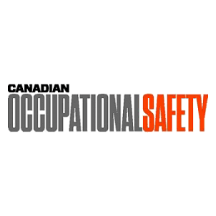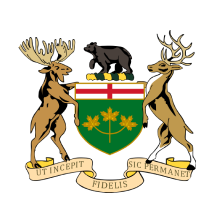Ontario Premier Doug Ford's recent remarks about high taxes have drawn scrutiny, particularly given his track record on tax policy. Ford stated, "We are taxed to death," while preparing to meet with Prime Minister Mark Carney next week to advocate for tax cuts. Critics argue that Ford himself has not fulfilled his 2018 campaign promises to reduce business and income taxes.
In his 2018 campaign, Ford pledged to cut the second personal income tax bracket by one percentage point and to lower corporate taxes from 11.5% to 10.5%. However, these promises remain unfulfilled. In contrast, Carney's government is moving forward with modest personal tax cuts. Ford's administration has seen tax revenues increase significantly, from $108.2 billion in 2019-20 to an expected $153.7 billion this year.
The combined federal and provincial top marginal income tax rate in Ontario stands at 53.53%, ranking among the highest in Canada and the U.S. Ford argues that tax cuts are essential for stimulating the economy, stating, "It’s economics 101. Put money in the people’s pockets and they are going to go out and spend it. It is as simple as going out to dinner, buying a pair of sneakers, buying a pair of jeans; it stimulates the economy."
Despite these claims, Ford has not taken significant action to reduce taxes. Suggestions include eliminating the $3.8 billion land transfer tax or reducing the province's $40 billion sales tax revenue, both of which could potentially lower housing prices and boost consumer spending. Instead, Ford's administration has focused on minor adjustments, such as changes to gas taxes and road tolls.
As Ford prepares for his meeting with Carney, he faces challenges. Carney's government has committed to a $27 billion income tax cut over five years while also addressing a projected $92 billion deficit this fiscal year. Ford's expectations for substantial tax relief from Carney may be unrealistic, given the financial constraints.
Ford's administration is also grappling with the impact of U.S. tariffs on key sectors like steel and aluminum. In response, Ford announced the distribution of $1 billion in loans from a $5 billion "Protect Ontario Account" to support businesses affected by these tariffs. However, critics question the effectiveness of this approach, arguing that without a market for their products, businesses may be reluctant to take on government loans.
The long-term effects of U.S. tariffs on Ontario's economy remain uncertain. While diversifying trade is a goal, the reality is that losing access to the U.S. market could significantly shrink Ontario's steel, automobile, and aluminum industries. Ford's focus on public funding to protect jobs may lead to increased dependency on government support, which is not a sustainable solution.
In contrast, companies like Shopify have thrived without government assistance, highlighting the potential for success through innovation rather than reliance on public funds. Ford's desire for tax cuts, funded by others, raises questions about the effectiveness of such measures in addressing the current economic challenges.
Ultimately, both Ford and Carney may lack the necessary leverage to stimulate the economy meaningfully. With Ontario's gross domestic product at $1.1 trillion and Canada's GDP nearing $3 trillion, the impact of a billion dollars in stimulus may be minimal. Observers suggest that Ford should focus on effective governance and a balanced budget rather than seeking external solutions to complex economic issues.

 Canada News
Canada News

 Canadian Occupational Safety
Canadian Occupational Safety Associated Press US News
Associated Press US News Local News in Ontario
Local News in Ontario AlterNet
AlterNet Newsweek Top
Newsweek Top Wheeling Intelligencer
Wheeling Intelligencer 5 On Your Side Sports
5 On Your Side Sports Nicki Swift
Nicki Swift